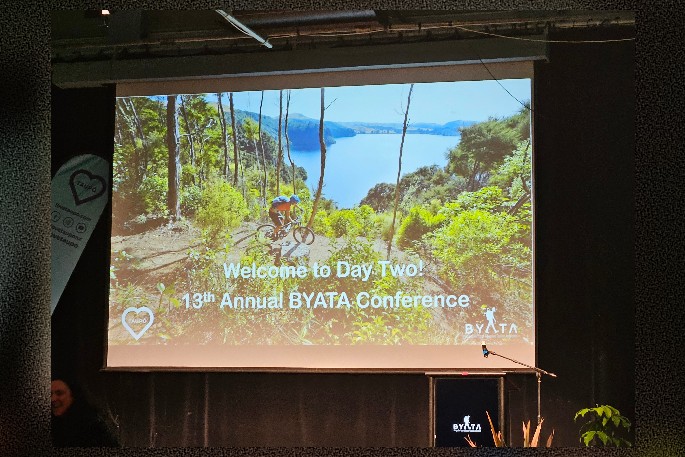This Content Is Only For Subscribers
From the recent BYATA conference held at Taupo’s Great Lakes Event Centre, August 19 and 20 there was a mixed but optimistic picture for Australia’s tourism recovery, with the Australian Bureau of Statistics (ABS) reporting strong short-term arrivals for June 2024. Compared to June 2019, arrivals were 89% higher, showing a robust rebound in the tourism sector. However, some markets, like Germany, are still lagging behind, highlighting the uneven nature of the recovery.
The overall inbound recovery stands at 84% for the year ending June 2024, compared to pre-pandemic levels in June 2019. Despite this impressive comeback, challenges remain, particularly in the supply side of the industry.
The pandemic saw the closure of many hostels and tour operators, leading to an undersupply of products. Nevertheless, opportunities continue to emerge, particularly through the Working Holiday Makers (WHM) Programme, which has seen a 23% increase in numbers compared to 2019.
In her presentation at the conference, Kristy Malapa, Industry Relations manager at Tourism Australia, emphasised the significance of this growth and says “The Working Holiday Makers Programme is a key driver in our tourism recovery, especially with the recent changes brought about by the UK-Australia Free Trade Agreement (FTA). We’re seeing a 27% increase in British WHMs compared to 2019, and the numbers are only set to rise with the FTA allowing access to three one-year visas without the requirement for regional work.”
The FTA’s provisions are expected to further boost the numbers, with 28% of all British visitors in Australia currently on a Working Holiday Visa (WHV). The agreement, which now allows British WHMs to access three separate one-year visas that do not have to be taken consecutively, is anticipated to drive even more young Brits Down Under. Additionally, aviation capacity from the UK has returned to 94% of pre-pandemic levels, with 221 flight options per day from UK to Australian ports, further facilitating this growth.
Ireland has also shown a remarkable post-pandemic recovery, with a 147% increase in WHMs compared to 2019. Interestingly, Irish visitation appears to follow a cyclical pattern, with Australia and Canada alternating in popularity every 6-8 years. Kristy says “While Ireland isn’t one of our priority markets, the growth we’re seeing is significant. Over 55% of all Irish visitors are on a WHV, which is an encouraging sign for the program’s success.”
Contrary to expectations, the French market has also performed well, despite the Olympics in Paris. French WHMs have seen a 31% increase on 2019 levels, with aviation capacity from France surpassing pre-pandemic levels at 127%. The strong recovery in this market highlights the enduring appeal of Australia as a destination for young travellers.
Tourism Australia has been proactive in promoting the country to high-yield travellers and young people, particularly from the UK. A recent social media campaign, titled ‘The Making Of…’, targeted Brits aged 18-35, showing the experiences of current and recent WHMs in Australia. The campaign exceeded expectations, with over 51.6 million views and 353,000 clicks, far surpassing key performance indicators.
While Kristy says challenges remain, particularly in underperforming markets and product supply, Tourism Australia is making significant strides in promoting Australia as a premier travel destination. She says “Our continued efforts to market Australia’s unique experiences and the opportunities available for young travellers are paying off. We are committed to driving growth in our key markets and ensuring Australia remains a top choice for international visitors.”



